17.12.2022
SpaceX launches first pair of O3b mPower satellites
CAPE CANAVERAL, Fla. — SpaceX launched the first O3b mPower satellites for SES’ next-generation broadband constellation Dec. 16, each promising 10 times more throughput than their predecessors in medium Earth orbit (MEO).
A Falcon 9 carrying two of 11 planned O3b mPower satellites lifted off from Cape Canaveral Space Force Station, Florida, at 5:48 p.m. Eastern and deployed them in separate sequences about two hours later.
It was the eighth mission for the rocket’s reusable first-stage booster, which landed on a droneship in the Atlantic Ocean shortly after lift-off.
Using onboard all-electric propulsion, it will take about five months for the Boeing-built O3b mPower satellites to reach their orbital positions.
Meanwhile, SpaceX plans to launch two more pairs of O3b mPower satellites early next year, which would enable SES to start initial O3b mPower services globally by the third quarter of 2023.
SpaceX is slated to launch another pair of O3b mPower satellites later 2023, and then three on a single Falcon 9 mission in 2024 to add additional capacity to the constellation.
Preparing to upgrade
Each O3b mPower satellite is designed to provide up to 10 gigabits of throughput, SES CEO Steve Collar said during a press event here, roughly 10 times more than the first-generation O3b satellites built by Thales Alenia Space.
Based on a modified version of Boeing’s 702 platform, each second-generation satellite is also designed to generate up to around 5,000 electronically steered spot beams.
SES says these flexible beams would enable the operator to dynamically move capacity in response to shifting demand in real-time, unlike first-generation O3b satellites that have mechanically steered antennas and just 10 beams each.
“With each satellite that we add, the economics improve,” Collar said, “because, essentially, the satellites become cheaper … all the links become more efficient [and] we get this virtuous cycle of more and more efficiency.”
SES operates 20 first-generation O3b satellites in MEO, which offer lower latency services than the satellites the company operates farther away from the Earth in geostationary orbit.
The operator has been using the MEO network to meet growing demand for connectivity in markets including mobile backhaul, aviation, maritime, and government.
Collar pointed to how SES initially started deploying the services in the Amazon region via Brazil-based telecoms partner Claro in small incremental steps because it was “not entirely sure how it would take off.”
“[W]e started with 10 megabits, then 50 megabits, then 100 megabits,” he said, “we’re now delivering almost six gigabits per second with Claro in Brazil.
He said the region is one of the places “we’re hitting the limits of what’s possible with O3b, and that’s where O3b mPower comes in.”
Globally, Collar expects about 50% of O3b mPower’s capacity will serve government customers, including the U.S. where SES is strengthening its focus on the national security market.
At one point SpaceX had planned to launch a separate Falcon 9 from nearby Kennedy Space Center Dec. 16 — less than half an hour after its SES mission — for its Starlink broadband constellation.
However, SpaceX said it decided to delay the Starlink mission to Dec. 17 to prioritize the O3b mPowersatellites.
Quelle: SN
+++
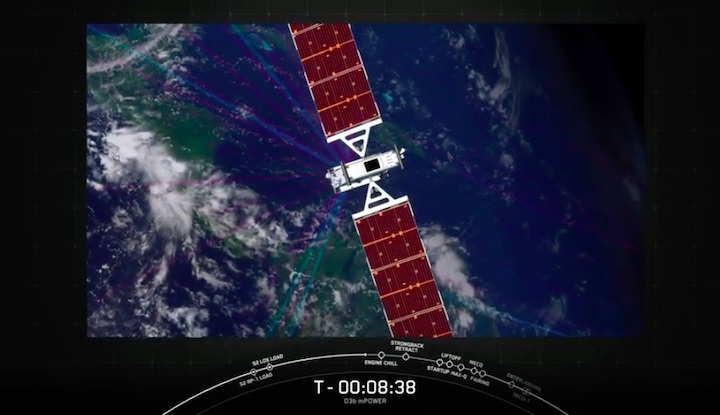
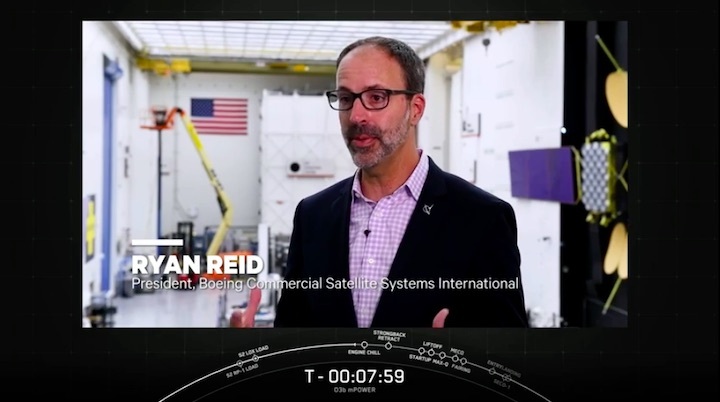
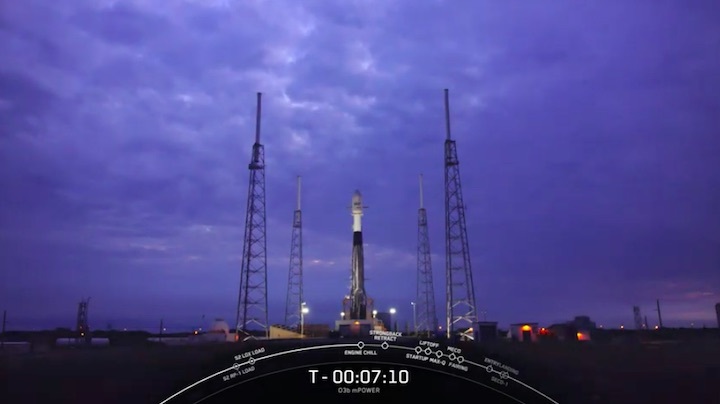
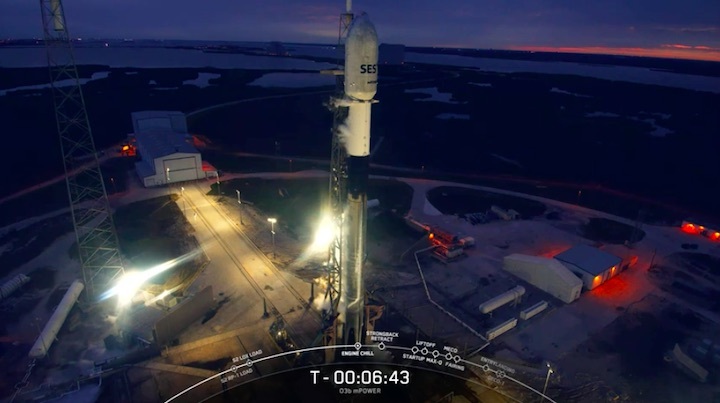
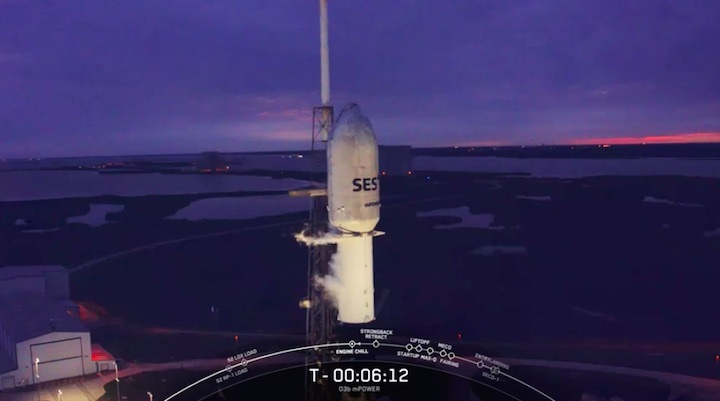
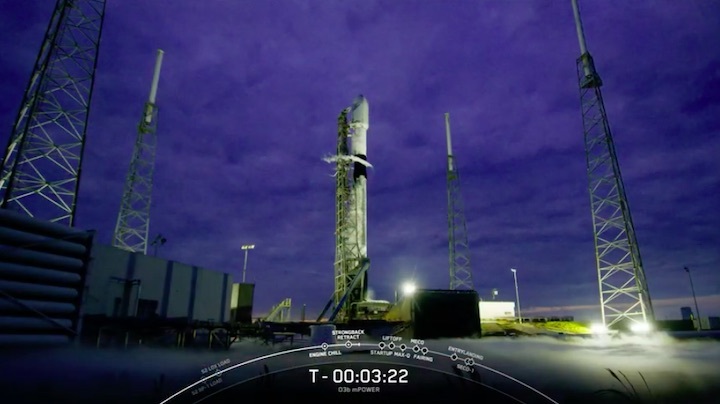
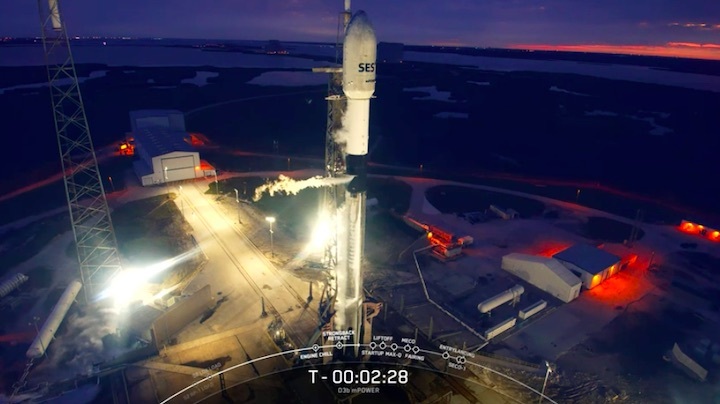
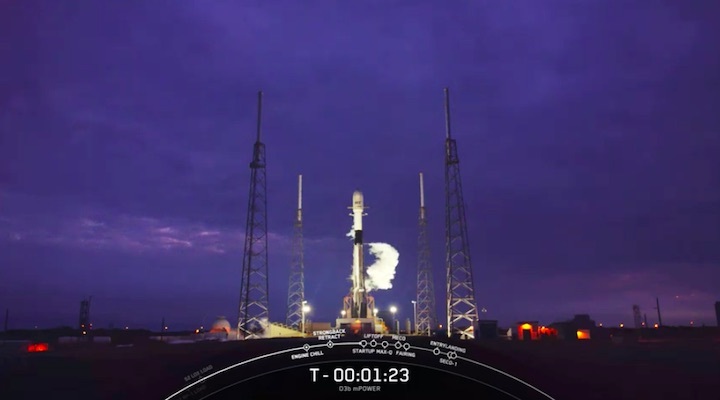
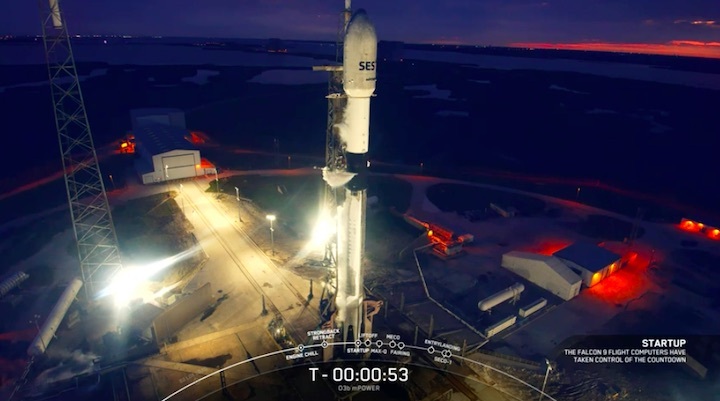
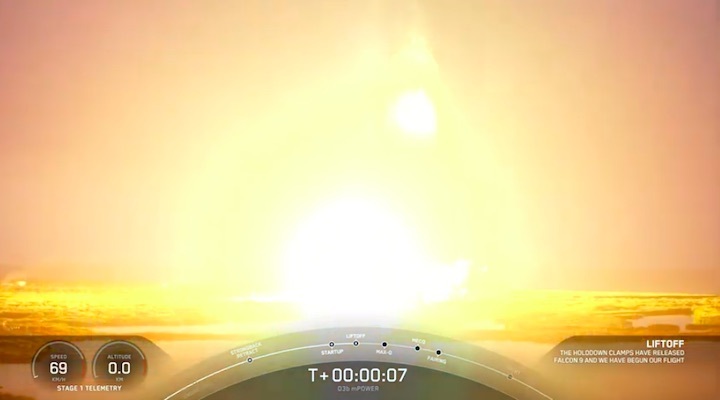
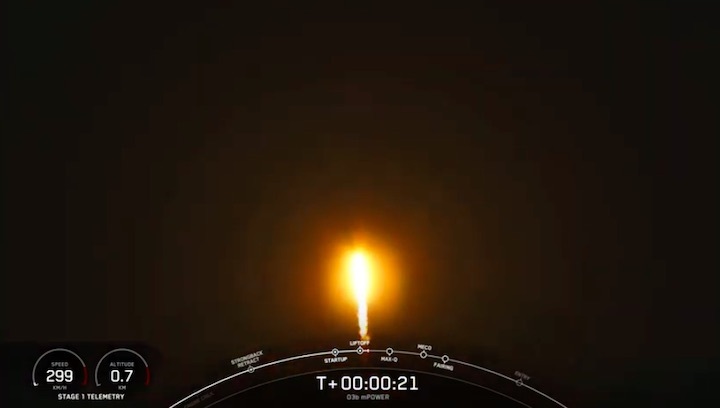
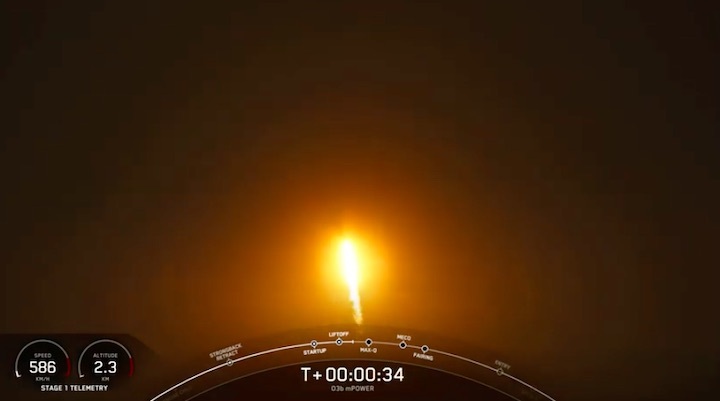
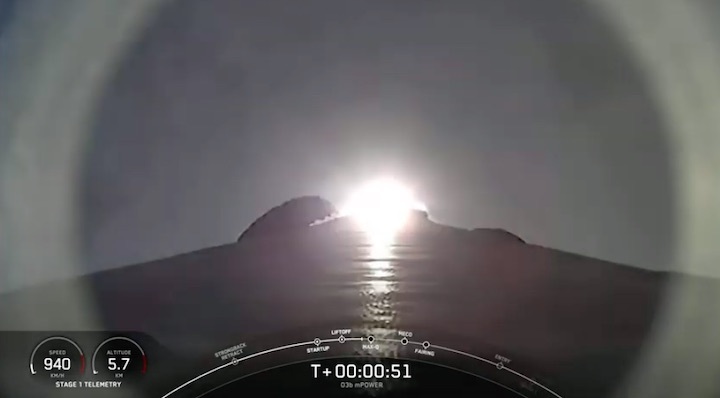
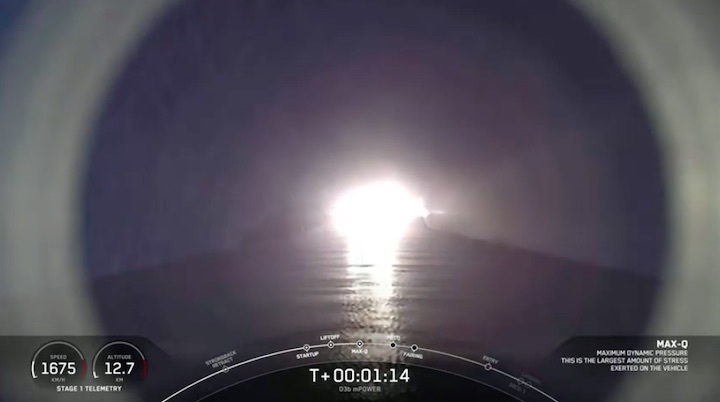
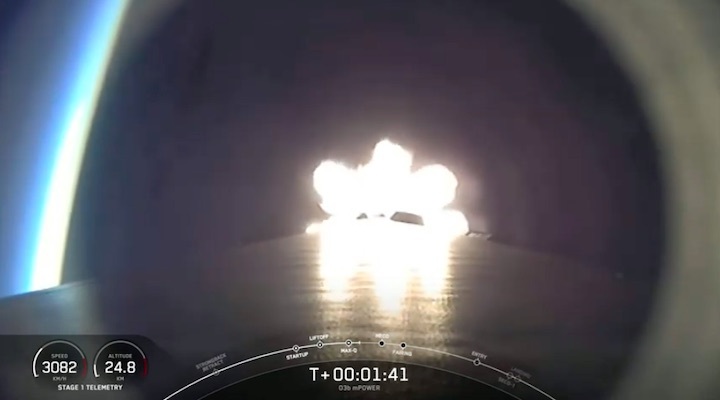
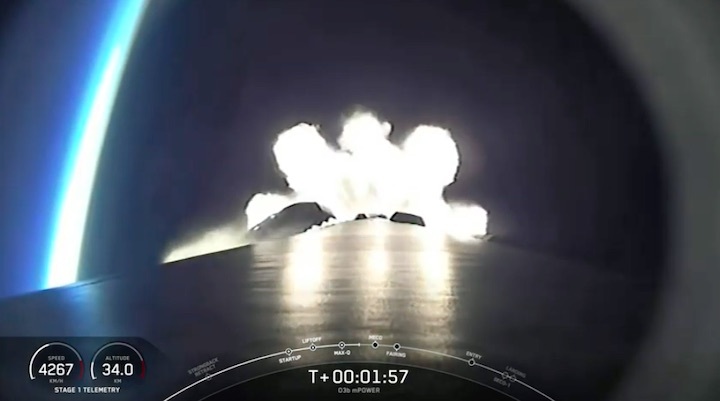
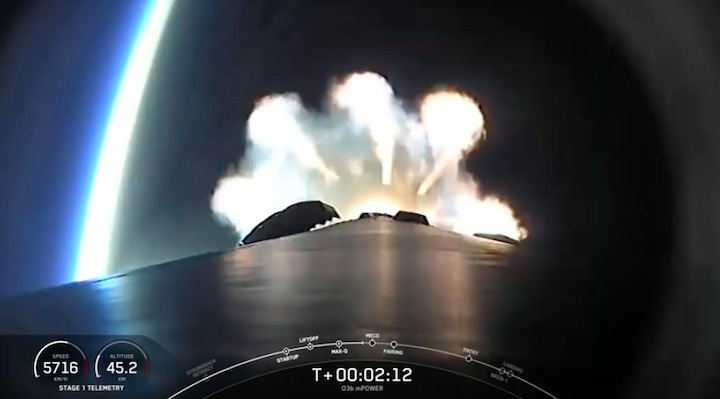
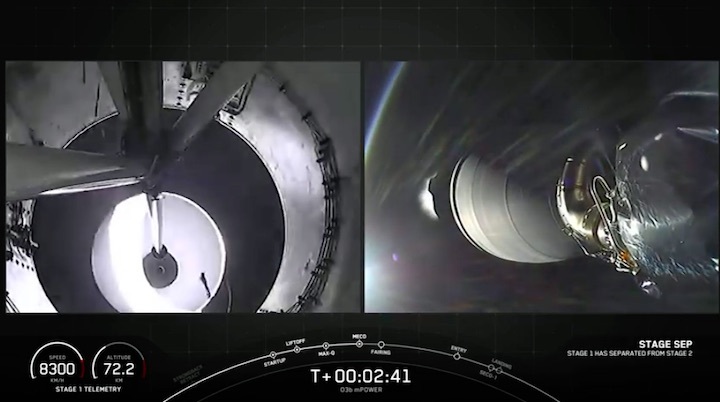
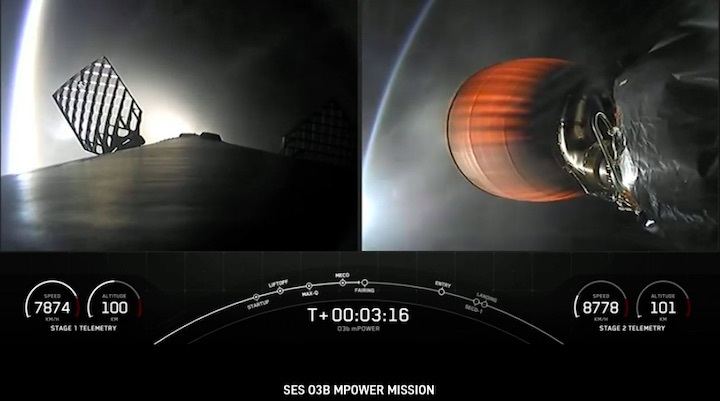
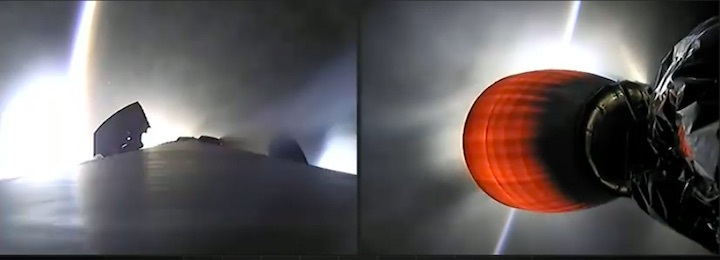
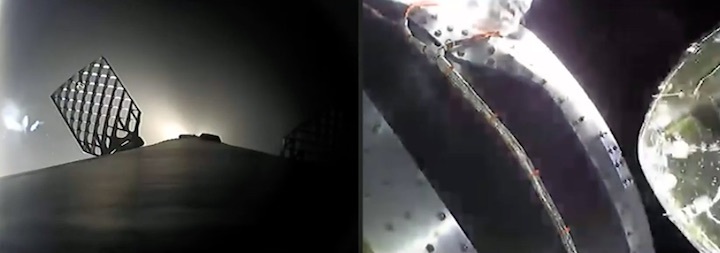

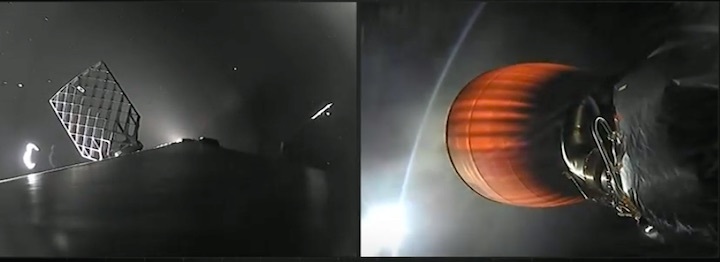
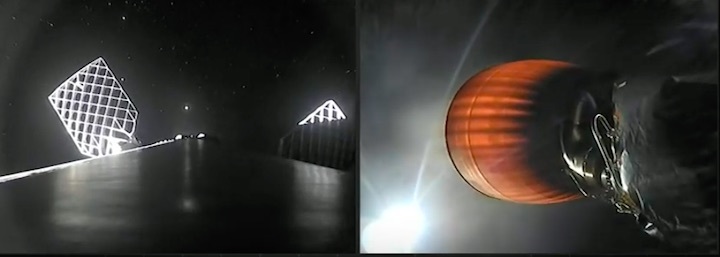
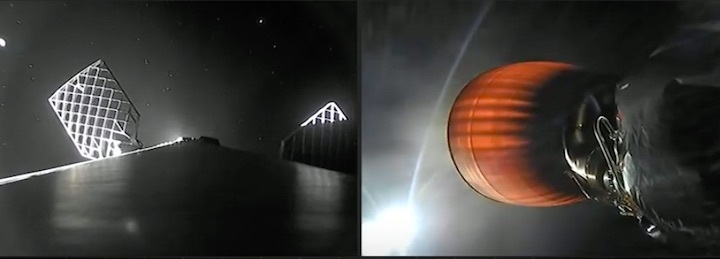

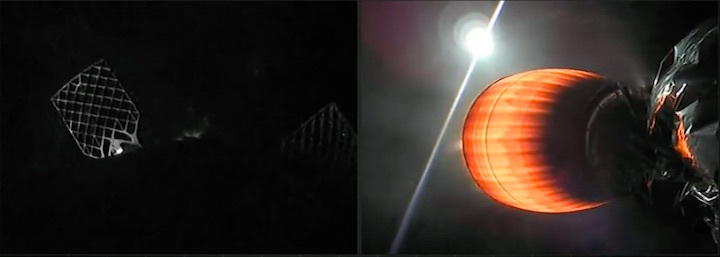
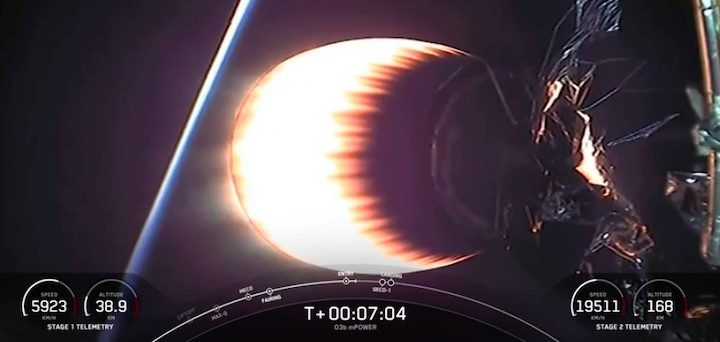
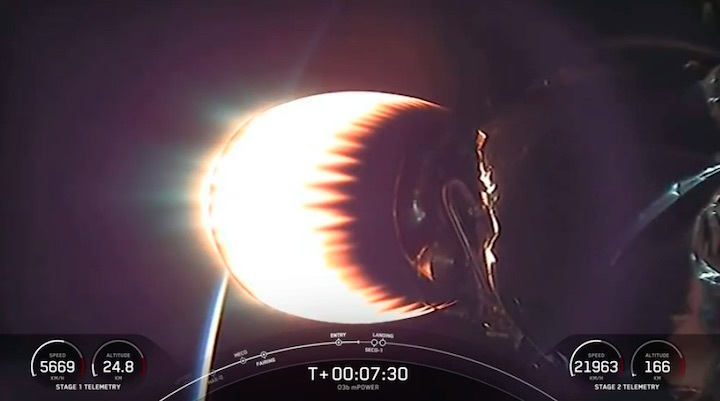
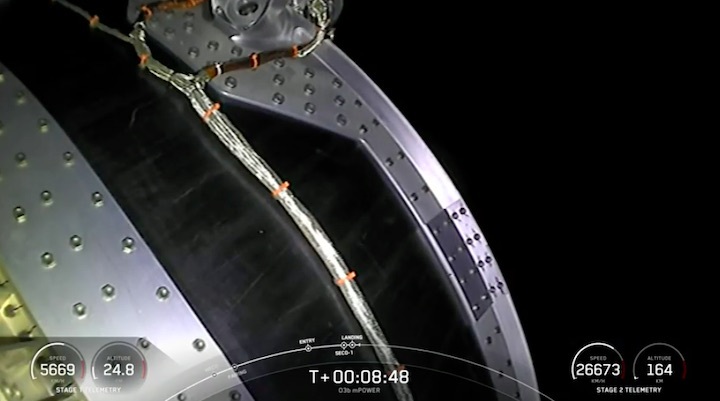
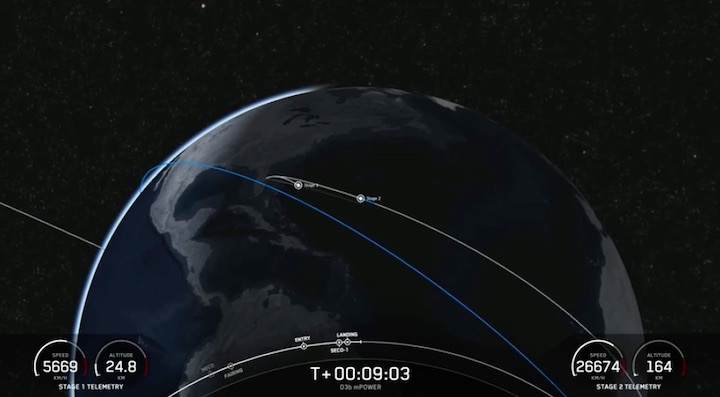
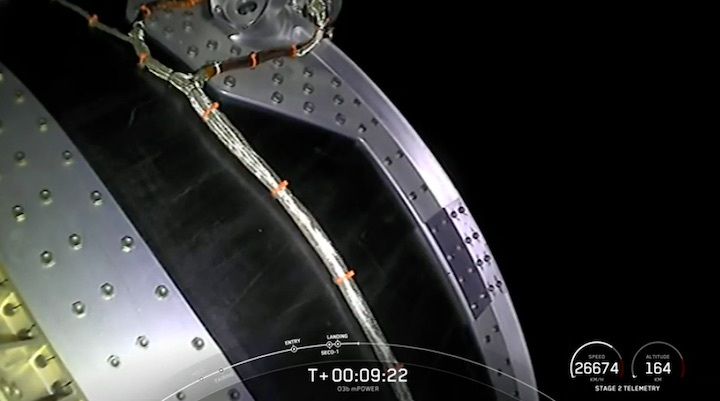
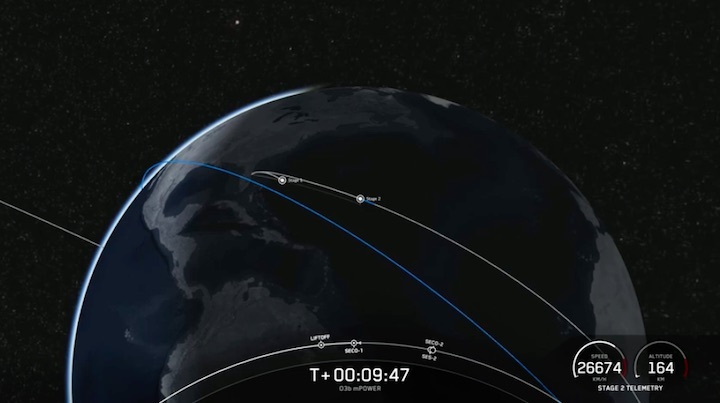
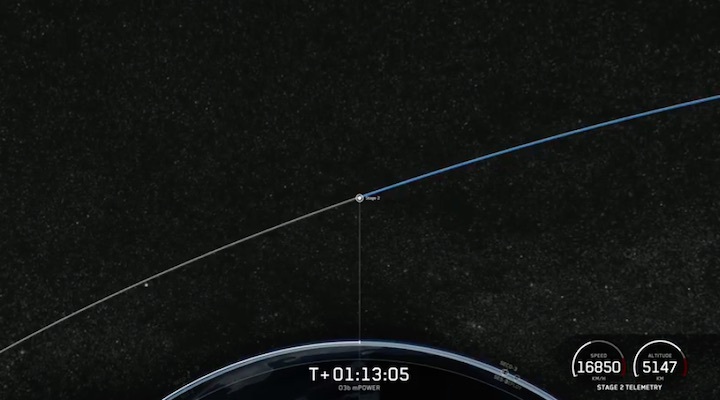
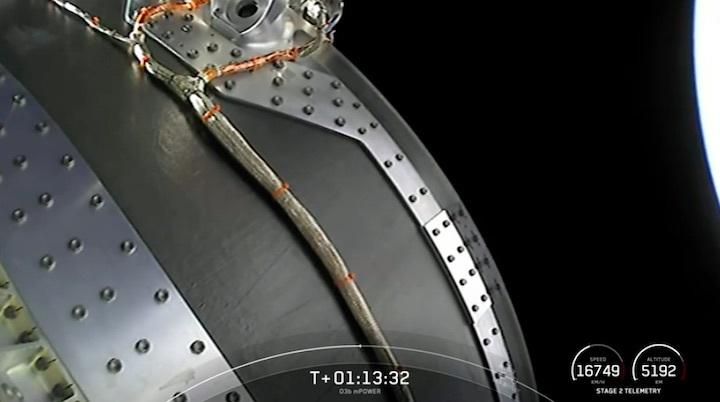

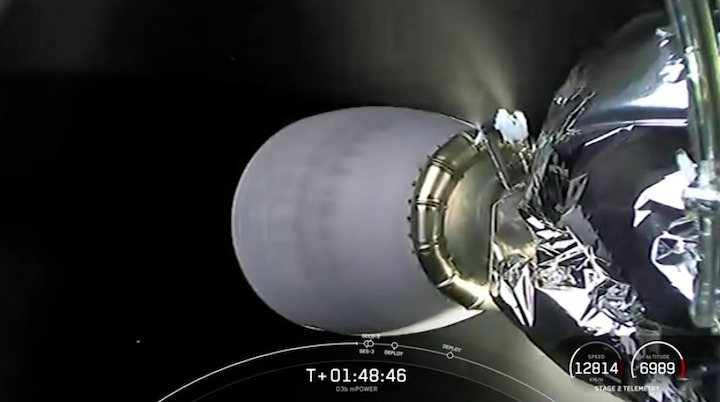

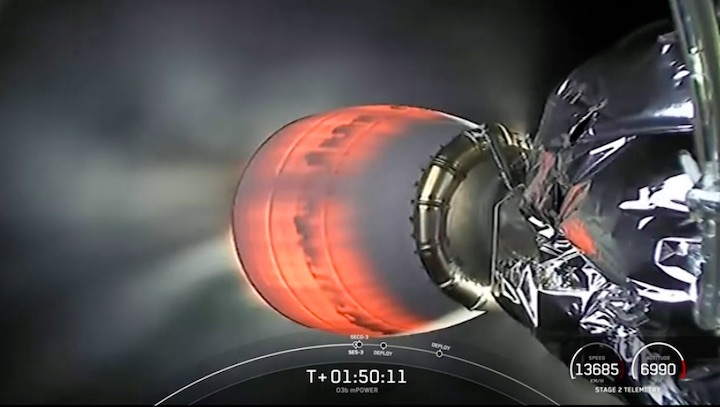
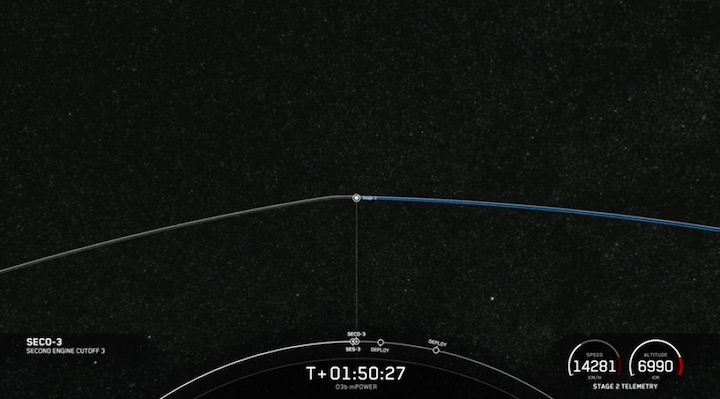

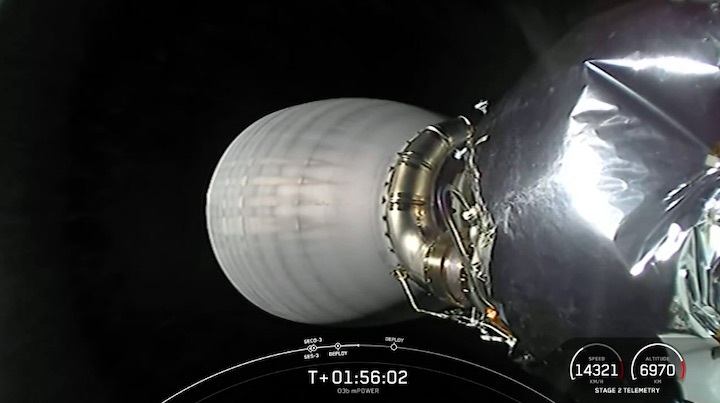
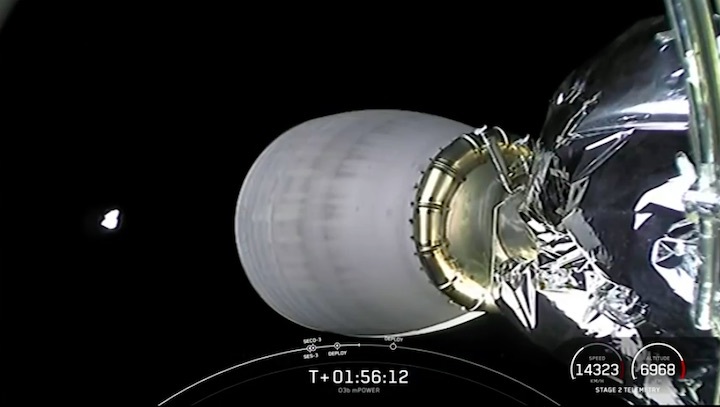
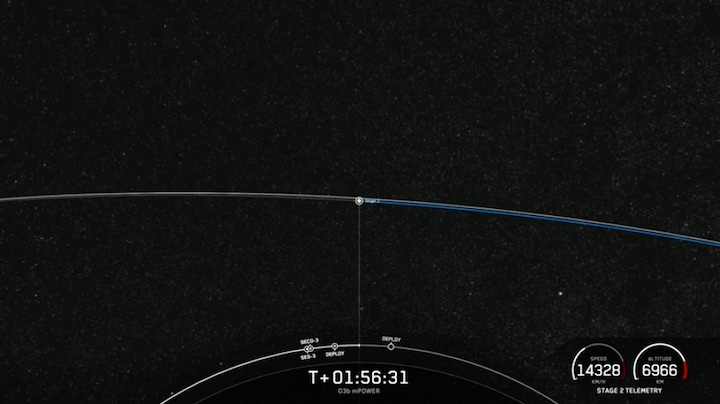
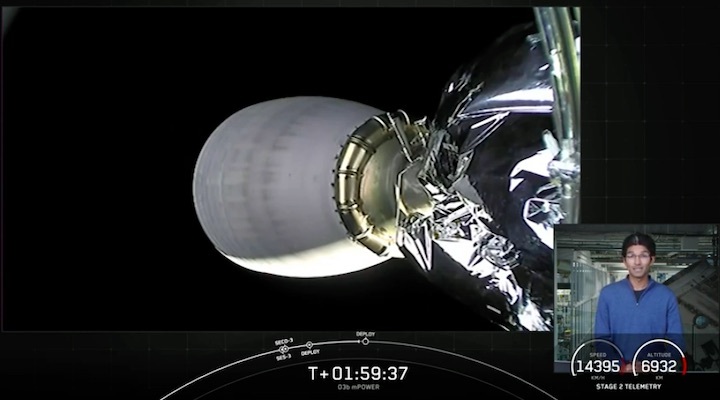

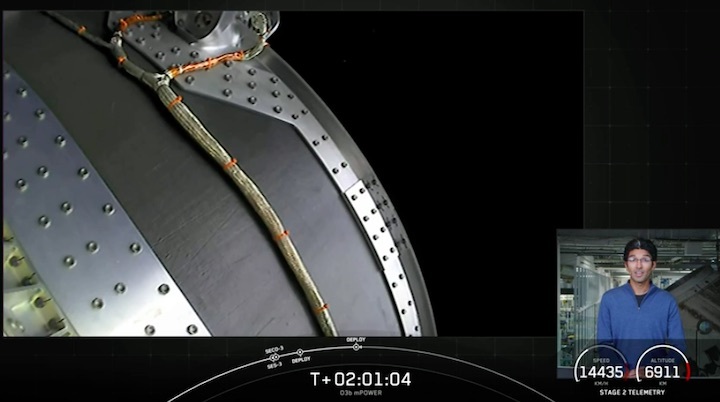
Quelle: SpaceX
